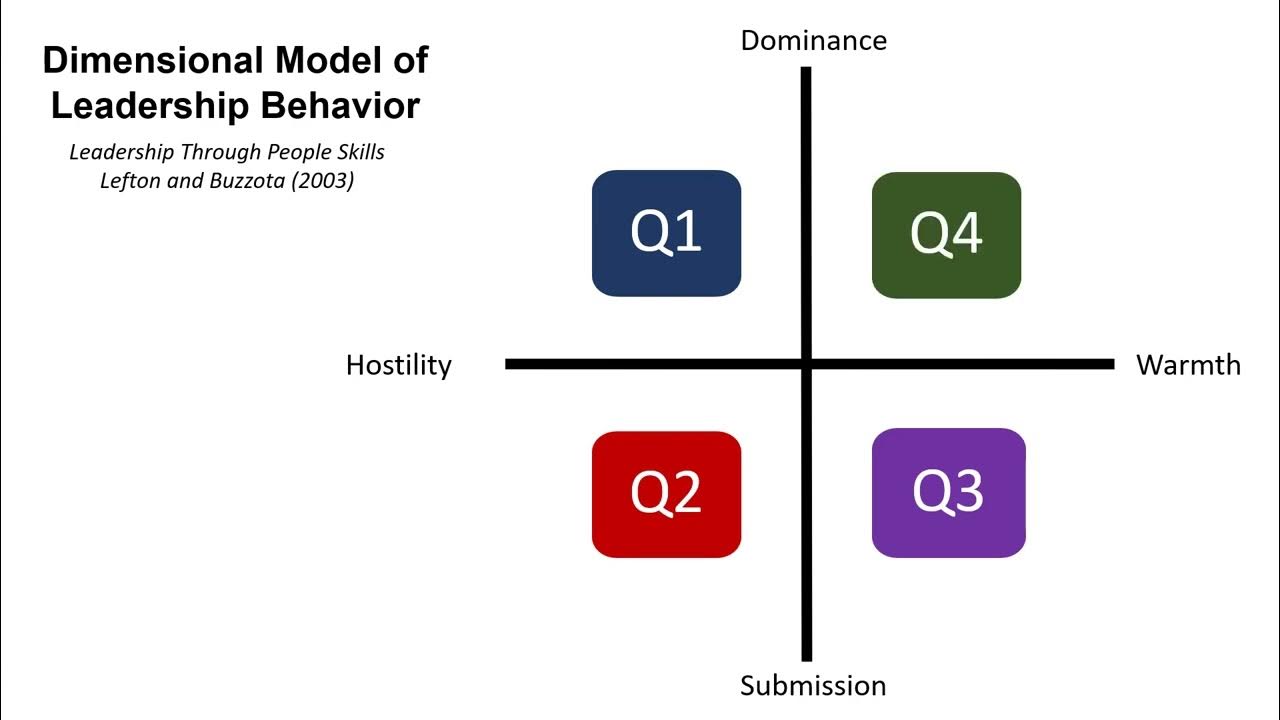Interfaith Leadership 1:2- What is Interfaith?
Summary
TLDRThis video explores the concept of Interfaith leadership, emphasizing the importance of engaging with people across religious differences to foster mutual understanding and cooperative action. Interfaith interactions are defined not as the mere coexistence of religious groups, but as the active engagement and collaboration of individuals from diverse faiths, including secular perspectives. The video highlights three types of interfaith work: reconciliation, sharing traditions, and cooperative social action. Leadership in this context is about modeling behavior, building relationships, and working together for the common good, ultimately aiming for pluralism, where all beliefs are respected and diverse communities work towards shared goals.
Takeaways
- 😀 Interfaith refers to interactions between people of different religious backgrounds, focusing on cooperation and understanding rather than mere coexistence.
- 😀 The term 'Interfaith' emphasizes engagement and how people from different religions can work together, not just live side by side.
- 😀 Interfaith is about personal orientations toward one's beliefs, shaped by factors like family, gender, culture, and more, highlighting the importance of intersectionality.
- 😀 Not all people within the same religious group share the same beliefs or values—diversity exists even within communities like Muslims or Christians.
- 😀 The three main types of interfaith work are reconciliation, sharing traditions, and cooperative social action.
- 😀 Reconciliation in interfaith work focuses on healing divisions caused by religious differences, such as conflicts between Jews and Muslims over Israel and Palestine.
- 😀 Sharing traditions involves bringing people from diverse religious perspectives together to explore common spiritual and ethical truths, like in interfaith prayer services.
- 😀 Cooperative social action is about working together on shared community issues, drawing from individual religious or ethical beliefs without requiring expertise in one’s tradition.
- 😀 Leadership in interfaith work is not about being in the spotlight but about modeling cooperative behavior, applying knowledge insightfully, and guiding others to collaborate.
- 😀 Pluralism, the ultimate goal of interfaith work, means a society where diverse religious expressions are respected, and individuals work cooperatively toward the common good.
Q & A
What does the term 'Interfaith' mean?
-Interfaith refers to the interactions between people who orient around religion differently, not just people of diverse religious identities living in proximity. It focuses on how individuals from different religious backgrounds engage with each other.
How does 'Intersectionality' relate to Interfaith work?
-Intersectionality refers to the interconnected nature of various aspects of an individual's identity, such as religion, gender, sexuality, and culture. In interfaith work, it highlights the importance of understanding that people's religious beliefs are shaped by these factors, creating diverse perspectives even within the same religious tradition.
What are the three types of interfaith engagement mentioned in the script?
-The three types of interfaith engagement are: 1) Reconciliation, which focuses on mending relationships between communities torn apart by religious conflict; 2) Sharing, where individuals of different faiths share their traditions and practices; 3) Cooperative Social Action, which emphasizes working together on shared community issues.
Why is 'Cooperative Social Action' emphasized in this video series?
-Cooperative Social Action is the focus of the video series because it emphasizes collaboration between individuals of different religious backgrounds to address common social problems. This type of engagement encourages participants to draw from their religious or ethical beliefs to contribute to the common good.
What does leadership look like in the context of interfaith work?
-Leadership in interfaith work often doesn't involve being in the spotlight. It involves modeling cooperative behavior, building relationships, and guiding others to work together towards shared goals. Leaders create opportunities for people to come together and create change, even if they are not at the forefront of the movement.
What is the ultimate goal of interfaith work, according to the script?
-The ultimate goal of interfaith work is pluralism—a society where individual religious expression is respected, where people create relationships across lines of difference, and everyone works cooperatively towards the common good.
What is the difference between reconciliation, sharing, and cooperative social action in interfaith work?
-Reconciliation aims to heal divisions caused by religious conflict; sharing focuses on people exchanging spiritual traditions to find common ground; and cooperative social action involves individuals from different faiths working together on shared community challenges to achieve the common good.
What is the significance of cooperative behavior in interfaith leadership?
-Cooperative behavior is key to interfaith leadership because it encourages individuals to work together in a respectful and collaborative way, even when they have differing beliefs. By modeling cooperation, leaders can bring people together and foster positive change.
How does interfaith work foster mutual understanding?
-Interfaith work fosters mutual understanding by encouraging dialogue and cooperation between individuals with different religious beliefs. As people engage with each other's perspectives and values, they learn more about one another and build lasting relationships based on respect and shared goals.
Can individuals with no formal religious expertise participate in interfaith engagement?
-Yes, individuals do not need formal religious expertise to participate in interfaith engagement. The focus is on individuals being motivated by their own religious or ethical beliefs, regardless of their level of knowledge, and using these values to contribute to shared community action.
Outlines

此内容仅限付费用户访问。 请升级后访问。
立即升级Mindmap

此内容仅限付费用户访问。 请升级后访问。
立即升级Keywords

此内容仅限付费用户访问。 请升级后访问。
立即升级Highlights

此内容仅限付费用户访问。 请升级后访问。
立即升级Transcripts

此内容仅限付费用户访问。 请升级后访问。
立即升级浏览更多相关视频

Membangun Persaudaraan Sejati Materi Pendidikan Agama Katolik Kelas 12

Forum Kerukunan Umat Beragama Jawa Tengah Bagian II - Dialog Spesial 9 Juni 2020

Collaborative Teamwork

TIRTA (2021) - Mengenal Hindu Bali | Documentary Film [4K]

Festival SATF (Spesial Maulid Nabi)

Rangkuman Materi PAI dan Budi Pekerti Bab 8 Semester 2 Kurikulum Merdeka
5.0 / 5 (0 votes)
